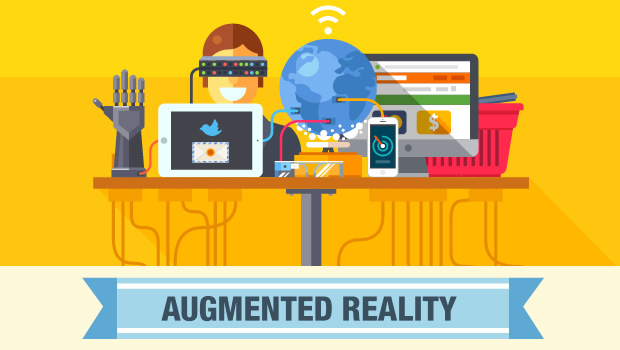
Virtual Reality offers an extremely engaging and immersive experience that presents real opportunities for learning and development. VR can be used to create interactive learning scenarios that mirror real-life situations. Complex situations and processes can be recreated through VR allowing employees to practice in a simulated environment.
VR can add a reality beyond video and turn a passive learning experience into an active one, engaging on a visual, auditory and kinesthetic level. This type of learning also delivers real and immediate feedback to the learner. With 1 in 3 employees claiming uninspiring content is a barrier to their learning, today’s workforce needs training that stimulates, interests them, and is applicable to their role.
There will be strong uptake in the VR market in the next 12 -24 months as the benefits of this type of learning become increasingly obvious and the hardware becomes available at more attractive price points. Off-the-shelf options will emerge as well as bespoke VR programs in areas such as entertainment, product design, sales and marketing (including retail), and a broad range of skills training (communication skills, presentation skills etc.).
Virtual Reality is not likely to replace more traditional forms of face-to-face or eLearning learning in the short term. For management and leadership training, face-to-face is still the preferred delivery method - as it requires continual up-skilling in effective performance conversations, disciplinary action etc. However, video-based eLearning and interactive eLearning will grow in these areas.
One thing is certain. VR training is here to stay. Its explosion into a number of industries is driven by its unique ability to replicate a place and situation that would be difficult if not impossible to do in real life. VR training makes the kind of deep impression that classroom training and 2D monitors does not.

